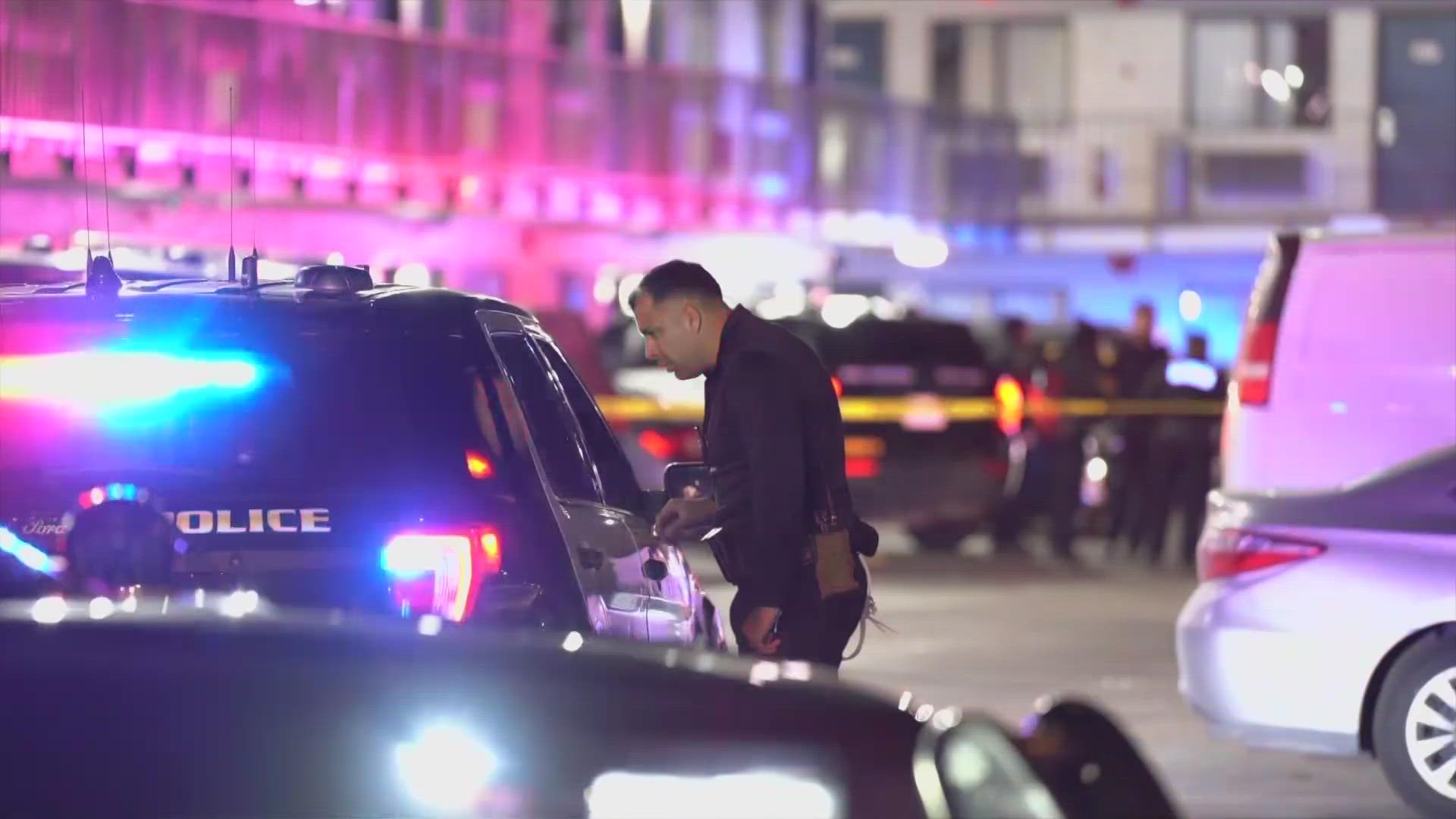SAN ANTONIO — San Antonio police are using a new strategy to reduce killings, robberies and assaults.
The comprehensive method, designed by UTSA criminology professor Michael Smith, cut violent crime in certain Dallas neighborhoods by 11 percent in one year.
The improvement means 1,000 fewer people became victims of violent crime, Smith said.
"As much as we like to think that we are a data-driven organization, this is a new launch into that era for us and the police department - more so than we've ever done before," city manager Erik Walsh told council Wednesday.
San Antonio police will execute the plan in phases. The first stage is already underway.
Using crime report data, police and the UTSA researchers identified 28 areas where people commit violent crimes most often. These 'hot spots' are roughly the size of a single city block.
"(Officers) go to the hot spot. They turn their lights on overhead. They sit there for the required time, and then they go back to their service," San Antonio police chief William McManus said.
Police won't get out of their cruisers unless they witness an emergency or a violent crime. The officers will stay in the hot spot for at least 15 minutes before moving on.
The idea, Smith says, is too boost visibility.
"The simple theory is that most people who want to commit a violent crime aren't going to commit it in the presence of a police officer," he added.
The department will use crime data to decide when and where officers should go, and how long they should stay in a hot spot. Every 60 days, SAPD will assess data and re-designate hot spots.
Police have not publicly said where the hot spots are.
Smith likens this first phase of the strategy to a tourniquet.
"The goal is to help move the needle in some of these violent places fairly quickly," Smith said. "That helps buy time for the other strategies to come to fruition."
There is not evidence, Smith says, that suggests violent criminals in hot spots will simply behave poorly elsewhere while police are in their neighborhood.
McManus told council Wednesday that San Antonio's violent crime prevention strategy will look nothing like Memphis's SCORPION unit, which also targeted hot spots.
Members of the unit are charged with killing Tyre Nichols.
"It doesn't mirror that in any way, shape, or form," McManus said, calling the Memphis Police Department officers' actions "barbaric."
Still, council members expressed some concern that the department's strategy doesn't address systemic issues which often lead to crime.
"Solely focusing on crime statistics and modifying policing practices does not illustrate the root causes of crime," councilwoman Adriana Rocha Garcia said in a statement to KENS 5. "To see improvements in public safety, we need targeted public investments in our most impoverished communities with higher rates of violent crime."
Smith agreed with that sentiment, pointing to the strategy's second and third phases. Police and UTSA researchers will collect crime data in the hot spots to ascertain why crime occurs there.
"Oftentimes, the solution is not a police-driven solution. It's a community-driven solution or a solution other parts of city government will be responsible for implementing," Smith said.
"Broad community investment in education, jobs, economic well-being, and housing - all of that is extremely important and nothing about our plan would suggest that it is not," he continued. "But I think we can do two things at once and we should do two things at once."
In the plan's third phase, police will connect repeat offenders to resources meant to lower recidivism. The city might enroll a violent criminal might in a new work training program, for example.
McManus told council that crimes against people spiked 2.5 percent from 2021 to 2022. That increase falls in line with a nationwide trend.

